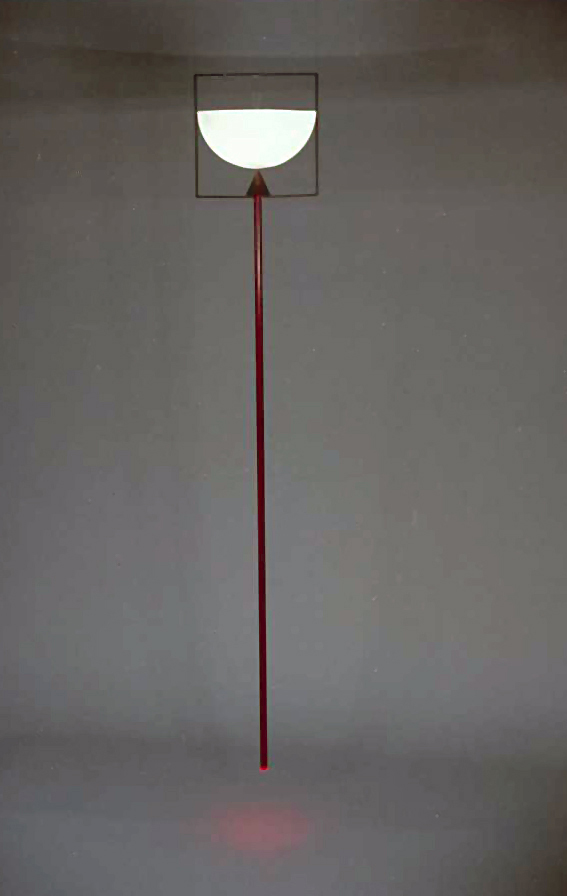Hephaestus and Aphrodite are married. Hephaestus is the metalworker of the Gods. He’s depicted as blackened and lame and not really one of the guys.
Aphrodite is the Goddess of seduction and femininity. Ares is the dashing God of war and is very much one of the guys.
Ares and Aphrodite have an affair while Hephaestus is busy elsewhere. While they are in a passionate clinch Hephaestus notices them.
Hephaestus makes a net of metal in his workshop, that is under Mount Olympus, and catches Aphrodite and Ares. He holds them up high for all the Gods to see. The Gods on Olympus lavish sympathy and attention on poor Hephaestus. He enjoys the attention he receives and is held high in esteem by them, at least for a short time.
Ares soon gets back to himself, the masculine, god of war, and Aphrodite gets back to being herself, a beautiful, femme fatale. And Hephaestus, blackened, lame, the lesser man, is exclude and is back in his workshop under the mountain. Life returns to normal on Mount Olympus.
The design makes use of three elements chosen for their symbolic values. These elements are signs that represent the three characters in Greek Mythology. By changing the arrangement of the signs to one another, their position in the sequence and the meaning changes.
For example; I love you – You love I
This concept is similar to spoken language or written words written in sentences. See, Ferdinand de Saussure’s theory of language, Structural Linguistics for more on the structure of language and the three types of sign.





